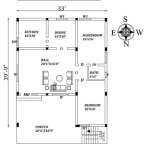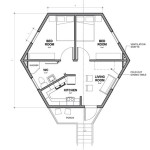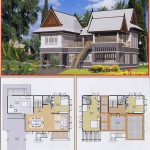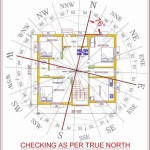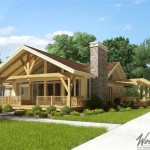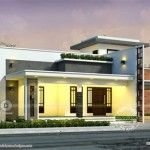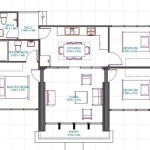Michael Graves Life Dream House Plans
Michael Graves, a renowned architect and product designer, championed the idea that good design should be accessible to everyone. His philosophy extended beyond grand architectural projects to encompass everyday objects, from teakettles to furniture. This democratization of design is evident in his "Life Dream House," a concept that aimed to provide beautifully designed, functional, and affordable homes for a broad range of people.
Key Features of the Michael Graves Life Dream House Plans
While specific details varied depending on the iteration of the Life Dream House, several core principles and features remained consistent. These key aspects highlight Graves' commitment to user-centered design and his belief that homes should be both aesthetically pleasing and practical.
Open Floor Plans
The Life Dream House plans frequently featured open floor plans, creating a sense of spaciousness and facilitating interaction between family members. This design element also allowed for flexibility in how the space was used, accommodating changing needs over time.
Emphasis on Natural Light
Natural light played a crucial role in Graves' designs. Large windows and strategically placed skylights maximized natural illumination, reducing the need for artificial lighting and creating a bright, welcoming atmosphere.
Connection to the Outdoors
Graves emphasized the importance of connecting the indoors with the outdoors. Porches, patios, and decks extended the living space, providing opportunities for relaxation and enjoyment of the natural surroundings.
Classical Design Elements
Despite embracing modern sensibilities, Graves often incorporated classical design elements into his work. Columns, arches, and symmetrical facades provided a sense of timeless elegance and architectural richness.
Accessible Design
The Life Dream House plans often incorporated elements of accessible design, making them suitable for individuals with varying mobility needs. Features like wider doorways and hallways, as well as adaptable bathrooms, enhanced usability and inclusivity.
Affordable Materials and Construction Techniques
A core principle of the Life Dream House concept was affordability. Graves sought to utilize readily available materials and construction techniques to keep building costs manageable, making his designs accessible to a wider range of potential homeowners.
Focus on Functionality
While aesthetics were paramount, Graves never sacrificed functionality. His designs were meticulously planned to optimize space utilization and provide practical solutions for everyday living. Kitchens were designed for efficiency, storage was carefully integrated, and living areas were configured to promote comfort and convenience.
Variety of Styles and Sizes
The Life Dream House encompassed a variety of styles and sizes, catering to different tastes and needs. From compact bungalows to larger two-story homes, the common thread was a commitment to thoughtful design, quality craftsmanship, and affordability.
The Legacy of the Life Dream House
Michael Graves' Life Dream House plans represent a significant contribution to residential architecture. By emphasizing affordability, functionality, and timeless design, he demonstrated that good design should not be a luxury but a fundamental component of everyday living. His work continues to inspire architects and designers to create homes that are both beautiful and accessible to a broad audience. The focus on practicality, paired with a distinct architectural vocabulary, continues to resonate with homeowners seeking comfortable, well-designed living spaces that reflect a timeless aesthetic.
The Target Partnership
One of the most notable aspects of Graves' efforts to democratize design was his partnership with Target. Through this collaboration, he brought his design philosophy to a mass audience, making well-designed products available at affordable prices. This partnership further reinforced the principles of the Life Dream House, demonstrating that good design could be integrated into all aspects of life, not just architectural projects. The range of products offered through Target, from kitchenware to furniture, reflected the same attention to detail and commitment to functionality that characterized his architectural work.
Influence on Subsequent Design
The Life Dream House concept and Graves' broader design philosophy have exerted a considerable influence on subsequent residential design. The emphasis on open floor plans, connection to the outdoors, and accessible features has become increasingly prevalent in contemporary home design. His work has inspired a renewed appreciation for classical architectural elements and the importance of balancing aesthetics with practicality. The legacy of the Life Dream House extends beyond individual projects, shaping the way architects and designers approach the creation of living spaces that are both beautiful and functional.

Michael Graves Dream House 1996 Modern Plans Floor Craftsman Plan

Michael Graves Dream House 1996 Vintage Plans Architectural Floor

1996 Dream House

Michael Graves Dream House 1996 Plans Mansion Floor Plan

Room To Improve The New York Times

Designed By Michael Graves Is This Life Dream House Still Dreamy

The Forever House Design For Aging In Place

Postmodernism In Architecture Michael Graves Portland Building

Designing For Seniors And Soldiers Toward A Silver Architecture Arts Culture Smithsonian

Ideo Michael Graves Associates Wounded Warrior Home


